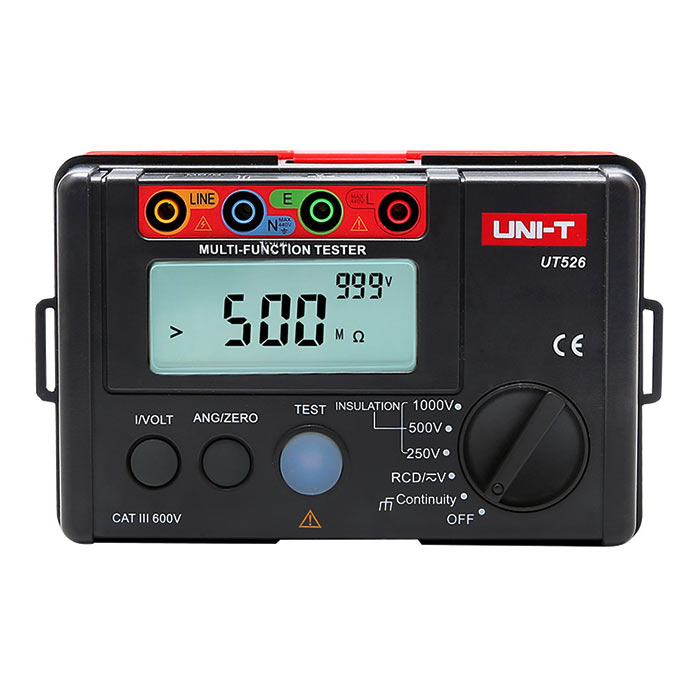

GW Instek GDS 310 100MHz Handheld Digital Oscilloscope
-
$ 362.16
Reviews & Ratings
GW Instek GDS 310 100MHz Handheld Digital Oscilloscope
The 100MHz GW Instek GDS 310 handheld computerized oscilloscope offers a convenient and adaptable setup for waveform analysis in a variety of applications. It highlights a 7″ capacitive full-touch LCD with a user-friendly interface for straightforward operation and information visualization that can be positioned in both representation and scene show introductions. The GDS-310’s portable design makes it particularly appropriate for field tasks where comfort and portability are crucial.
The GW Instek GDS 310’s recharging-battery system, which enables users to operate the oscilloscope even in locations without access to a power source, is one of its standout features. This feature increases the instrument’s adaptability and usability, enabling field engineers and specialists to do estimations and exams in additional or more difficult scenarios. The GDS-310 is a versatile tool for on-the-go waveform investigation because to its portability, touchscreen interface, and battery operation.
The GW Instek GDS 310 has an execution speed of 100MHz, allowing it to capture and analyze signals at frequencies up to 100MHz. Two input channels are provided, enabling synchronous estimates of a variety of signals. The oscilloscope supports the highest testing rate of 1 GSa/s in real-time mode, enabling accurate waveform capture and display. Additionally, it supports a memory depth of 5M per channel, providing plenty of room for waveform data.
The GW Instek GDS 310 also includes a variety of activating options and estimating capabilities to support waveform analysis. Customers can use the edge triggers, delay triggers, beat width triggers, and video trigger capabilities to record specific events or intriguing circumstances. By splitting the display screen into two windows—one for displaying the waveform information log over a lengthy period of time and another for exposing the expanded fractional waveform—the oscilloscope’s waveform zoom-in features enable users to view waveform delicate aspects in incredible detail. These features enhance the ability to evaluate and debug intricate circuit designs, resulting in trustworthy and consistent product performance.
GW Instek GDS 310 100MHz Specifications
- 100MHz Bandwidth Selections, Two Input Channels
- 1 GSa/s Maximum Sample Rate
- Maximum 5M Memory Depth Per Channel
- 7” 800 x 480 Full Touch Panel Capacitive LCD Multi-Point Control, Landscape and Portrait Display
- Built-In 50,000 Counts DMM
- 30,000 Consecutive Waveform Records Logging Function, Replay Measurement Results in Any Time
- Temperature Measurement and Logging Function
- Built-In Engineering Calculator, SMD Resistance Coding, Color Coding Info, and Attenuator Calculation Application Software
- Optional Differential Probe to Achieve Isolation Effect
Frequently Bought Products
-
$ 362.16









